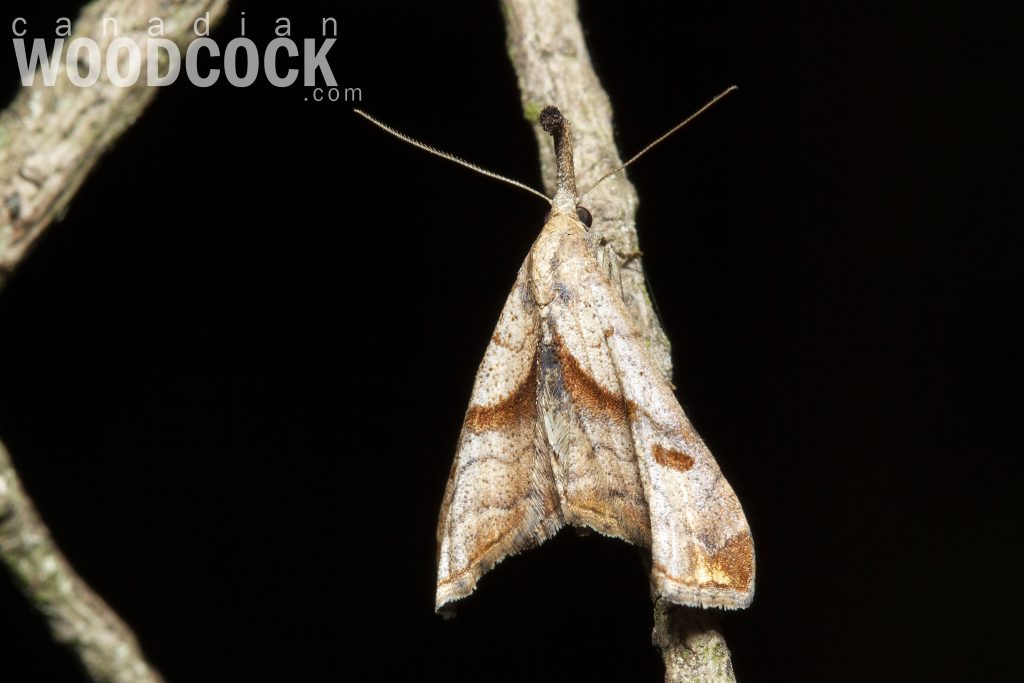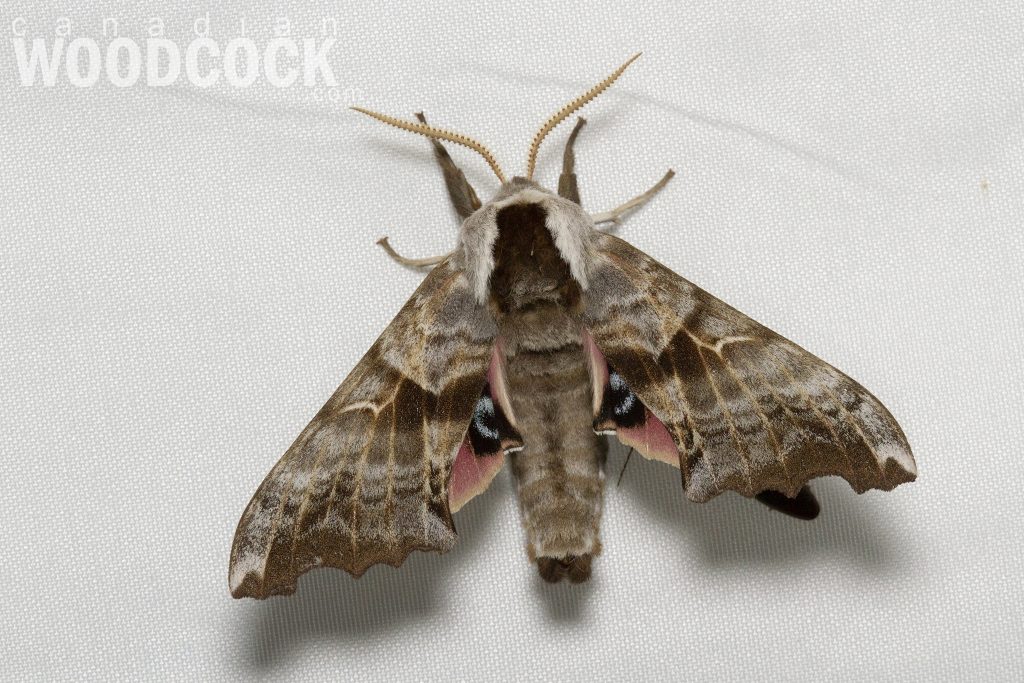How many blog posts, over the years, have I started with the phrase “it’s been a while”? Too many to count, probably. I’ve just come to accept it as an inherent feature of any writing project of mine. Maybe I have trouble staying focused on a given task or maybe – for significant periods of time – I just have nothing of interest to say. At any rate, I hope you’re still with me.
To be totally honest, I’m not even really sure where this post is headed. It just seemed like a valid thought that was worth sharing, and so here we are. It may be a little stream-of-consciousness, so you’ve been warned. Before we get to the meat of it, though, you need a little backgrounder on mothing.
What you need to know is that mothing is to moths what birding is to birds, at least in principle. It basically entails going outside and looking for moths, which you may then identify or photograph or simply appreciate as you choose. It is, somehow, even nerdier (yes ‘nerdier’ is in the dictionary, I checked) than birding, and I love it.

Because moths are somewhat different than birds, the strategies for mothing are somewhat different as well. It is a primarily nocturnal activity, as nighttime is when the moths are awake, and it involves the use of attractants to bring the moths into view. The most common attractant is light, but a sugary bait can also be employed.
Allow me to paint you a picture. It’s evening. You’ve had your supper, and you are relaxing on the couch, watching some show on your favourite streaming service. Outside the sun is setting, and the light is growing dim. You yawn, stretch, look romantically at your partner and say “it’s getting late, should we maybe…gather up all our field gear and head out to a local woodlot to survey for insects?” Then you gather up all your field gear and head out to a local woodlot to survey for insects.
As you hike into the woodlot, passing the last of the day’s hikers returning to their cars, you switch on your flashlights to find your way. You stop in a promising spot, erect a white sheet, and crank your disco-esque black light to full power. Maybe you paint some sugar goop on a few tree trunks for good measure. Then you sit in the dark, illuminated dimly by your phone as you scroll Instagram and wait for moths to arrive. The rest of the night is spent tromping around, taking pictures, and saying things like “look how fuzzy that one is” and “oh shit I dropped my camera battery somewhere in this pile of leaves” and “wow you really couldn’t do this if you weren’t a white male”.

That last sentence was uttered by my mothing partner (who is neither white nor male) on our last outing together. It came out of the blue, but it did not catch me by surprise because at that particular moment – sketchily ambling around a forest at midnight with a camera and some weird lights – I was already considering that very fact. I think about it every time I go mothing, actually.
There has been much discussion recently about how privilege – white, male, or otherwise – affects the accessibility and safety of naturalist-type endeavours. That discussion intensified last year with the incident involving Christian Cooper, a Black birdwatcher in New York. The subsequent advent of Black Birders Week and other initiatives to draw attention to the issue showed both the good and bad sides of the naturalist community, with some folks embracing the dialogue and others bewilderingly denying that any problem exists at all.
With the second (annual) Black Birders Week having just come and gone, it is both exciting to see increased discussion of the need for equal and safe access to nature and the oudoors, and disheartening to realize the barriers that still exist for many people. As a white, male voice it’s not my intent – nor probably my place – to delve deep into the specifics, but there are lots of great places to go if you want more info. Black AF In STEM and Feminist Bird Club might be good starting points.

But I digress (slightly). If I may return to my previous tangent, the thing about mothing is that it can be more than a little uncomfortable. Especially if you are alone – as I sometimes am – hanging out in a dark forest can be unsettling. There are mysterious noises, random people are often drawn in by the weird lights and camera flashes, and there’s always a risk that the police may pop by to see just what the heck is going on.
This is why mothing is a perfect lens through which to examine privilege. If I am birdwatching in a popular park on a bright, sunny day, it may be tough to see how my being a white male affects my experience. But alone, in the woods at midnight, doing things that people could misinterpret, the privilege comes very clearly into focus.
If I am approached by somebody with ill intent, being a male person of medium stature puts me at a lower risk of being attacked or assaulted. If somebody does try something, I may have a better chance of defending myself than someone smaller. My white complexion and goofy Canadian English protect me from any actions motivated by racism (which recent events in my home province show are yet a very real risk). If the police are called, I can be relatively confident that we will have a pleasant conversation about what a nerd I am, and they will be on their way.
As uncomfortable as I may get while mothing, I can be fairly certain that my personal risk is low. I try to imagine how I would feel if I was female, or Black, or in any other capacity non-male or non-white. While I can’t truly know the experience of anyone who’s not me, it seems pretty clear that mothing would be a lot scarier for a lot of other people.
The reason I share these thoughts is that I am often amazed at the continuing resistance by some folks in the community to accept the existence of the privilege from which they benefit every day. I think – at least in some part – it’s rooted in guilt. Nobody wants to believe they have an unfair advantage over others, and especially one they never asked for. It’s uncomfortable to think about sexism or racism, and easier to just avoid it. But denial will get you nowhere, and it only takes some introspection between moth photos to see that the privilege is real.

The problem, perhaps obviously, is not that I have the privilege of mothing with impunity. It’s that others don’t. It’s not hard to get agreement that everyone should have equal access, but it seems surprisingly difficult to get some folks to recognize the barriers that stand in the way.
As I confided some paragraphs ago, I didn’t really have a plan for where this post was going. I don’t have a well-considered conclusion or takeaway…I guess for me it’s just a way to articulate the thoughts that rattle around my head while I’m standing alone in the dark. I got into mothing for the moths, but it has also become a continuing reminder to keep listening, learning, and thinking about what I can do to help make the enjoyment of nature something that is truly available to everyone.


2 replies on “Of Mothing and Privilege”
Very well said Kyle, thank you for sharing. Will be sharing this with the people I will be mothing with later this week!
Thanks Jackson!!